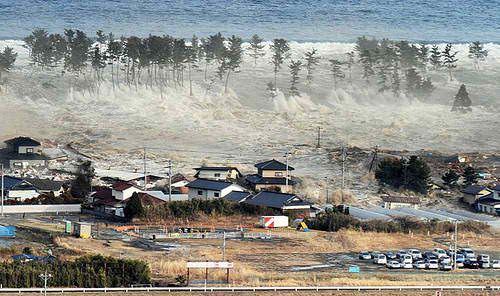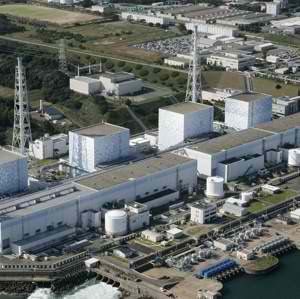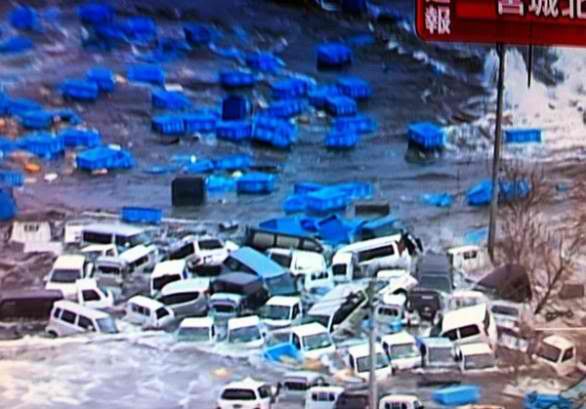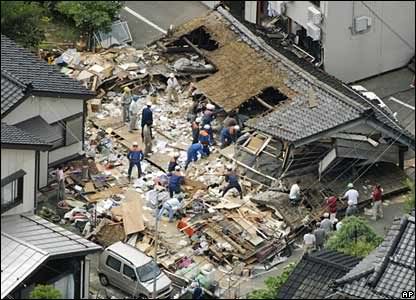| BEFORE |
| AFTER |
I am Music, Photography, Activity and Artistry

Go to Blogger edit html and find these sentences.Now replace these sentences with your own descriptions.This theme is Bloggerized by Lasantha Bandara - Premiumbloggertemplates.com.
Go to Blogger edit html and find these sentences.Now replace these sentences with your own descriptions.This theme is Bloggerized by Lasantha Bandara - Premiumbloggertemplates.com.
Go to Blogger edit html and find these sentences.Now replace these sentences with your own descriptions.This theme is Bloggerized by Lasantha Bandara - Premiumbloggertemplates.com.
Go to Blogger edit html and find these sentences.Now replace these sentences with your own descriptions.This theme is Bloggerized by Lasantha Bandara - Premiumbloggertemplates.com.
Go to Blogger edit html and find these sentences.Now replace these sentences with your own descriptions.This theme is Bloggerized by Lasantha Bandara - Premiumbloggertemplates.com.
| BEFORE |
| AFTER |
 "The earth shook with such ferocity," said Andy Clark, who said he had gotten used to earthquakes during his 20 years in Japan but never experienced what he felt Friday at the airport outside Tokyo. "I thought things were coming to an end ... it was simply terrifying." Buildings shook, heaved and collapsed by the score, and numerous fires ignited. Hundreds more people were missing, Japanese media reported, citing local and national police. Tens of thousands of people were displaced, according to Japan's Kyodo News Agency.
"The earth shook with such ferocity," said Andy Clark, who said he had gotten used to earthquakes during his 20 years in Japan but never experienced what he felt Friday at the airport outside Tokyo. "I thought things were coming to an end ... it was simply terrifying." Buildings shook, heaved and collapsed by the score, and numerous fires ignited. Hundreds more people were missing, Japanese media reported, citing local and national police. Tens of thousands of people were displaced, according to Japan's Kyodo News Agency.  The epicenter of Friday's main quake was located off Miyagi Prefecture, about 230 miles (370 kilometers) northeast of Tokyo, the U.S. Geological Survey said. Also in Miyagi, officials reported that a train had derailed and authorities had lost contact with four trains in coastal areas, Kyodo reported, citing the East Japan Railway Company. Six million households, more than 10% of the total in Japan, were without electricity, said Japan's ambassador to the United States, Ichiro Fujisaki.
The epicenter of Friday's main quake was located off Miyagi Prefecture, about 230 miles (370 kilometers) northeast of Tokyo, the U.S. Geological Survey said. Also in Miyagi, officials reported that a train had derailed and authorities had lost contact with four trains in coastal areas, Kyodo reported, citing the East Japan Railway Company. Six million households, more than 10% of the total in Japan, were without electricity, said Japan's ambassador to the United States, Ichiro Fujisaki.  In Tokyo, rail service was suspended overnight, elevated highways were shut early Saturday and surface streets remained jammed as commuters -- thousands of whom had spent the night in shelters -- tried to get to their homes in outlying areas. Video aired by Japanese broadcaster NHK showed extensive fires in Miyagi and in the port city of Hakodate, in the southern part of Hokkaido island in northern Japan. An oil refinery was burning in Chiba Prefecture near Tokyo, according to NHK.
In Tokyo, rail service was suspended overnight, elevated highways were shut early Saturday and surface streets remained jammed as commuters -- thousands of whom had spent the night in shelters -- tried to get to their homes in outlying areas. Video aired by Japanese broadcaster NHK showed extensive fires in Miyagi and in the port city of Hakodate, in the southern part of Hokkaido island in northern Japan. An oil refinery was burning in Chiba Prefecture near Tokyo, according to NHK.  A leak occurred in an atomic power plant in northeast Japan, a spokesman for Japan's nuclear agency said Saturday. Cooling equipment stopped working when generators failed in the quake, and the temperature inside the plant in the Fukushima prefecture had risen; officials lowered the pressure inside the plant hangar by venting it, said spokesman Kazuo Kodama. But high levels of radiation led officials to suspend the release, NHK said.
A leak occurred in an atomic power plant in northeast Japan, a spokesman for Japan's nuclear agency said Saturday. Cooling equipment stopped working when generators failed in the quake, and the temperature inside the plant in the Fukushima prefecture had risen; officials lowered the pressure inside the plant hangar by venting it, said spokesman Kazuo Kodama. But high levels of radiation led officials to suspend the release, NHK said.  Earlier Saturday the nation's Kyodo News News Agency, citing police, reported that the death toll was 433, with at least 784 missing. The official death toll is likely to rise as authorities continue rescue and relief efforts in the worst-hit areas. Kyodo predicted the death toll would surpass 1,000. The news agency, citing Japan's defense forces, also said 60,000 to 70,000 people were being evacuated to shelters in the Sendai area of Miyagi Prefecture.
Earlier Saturday the nation's Kyodo News News Agency, citing police, reported that the death toll was 433, with at least 784 missing. The official death toll is likely to rise as authorities continue rescue and relief efforts in the worst-hit areas. Kyodo predicted the death toll would surpass 1,000. The news agency, citing Japan's defense forces, also said 60,000 to 70,000 people were being evacuated to shelters in the Sendai area of Miyagi Prefecture.  U.S. President Barack Obama offered his condolences and said the United States was standing by to help "in this time of great trial." The U.S. Navy initiated reconnaissance flights to map the disaster zone and was moving the aircraft carrier USS Ronald Reagan into position to assist the Japanese government with relief efforts, defense officials said.
U.S. President Barack Obama offered his condolences and said the United States was standing by to help "in this time of great trial." The U.S. Navy initiated reconnaissance flights to map the disaster zone and was moving the aircraft carrier USS Ronald Reagan into position to assist the Japanese government with relief efforts, defense officials said.  The magnitude of the earthquake and its shallow depth -- 15.2 miles (24.5 kilometers) -- created a lot of energy, said Shenza Chen of the U.S. Geological Survey. The impact was felt far and wide. In McKinleyville, California, a wave swept three men into the Pacific Ocean as they were reportedly trying to take photos of the incoming tsunami waves, according to the U.S. Coast Guard. Two of the men returned to shore, but one died, officials said.
The magnitude of the earthquake and its shallow depth -- 15.2 miles (24.5 kilometers) -- created a lot of energy, said Shenza Chen of the U.S. Geological Survey. The impact was felt far and wide. In McKinleyville, California, a wave swept three men into the Pacific Ocean as they were reportedly trying to take photos of the incoming tsunami waves, according to the U.S. Coast Guard. Two of the men returned to shore, but one died, officials said.  On the U.S. mainland, wave heights from Alaska to California ranged from less than a foot to more than 8 feet. The highest measurement, 8.1 feet, was at Crescent City, California. Tsunamis are a series of long ocean waves that can last five to 15 minutes and cause extensive flooding in coastal areas. Sometimes, the waves hit in succession -- often the highest not being the first, CNN meteorologist Ivan Cabrera said.
On the U.S. mainland, wave heights from Alaska to California ranged from less than a foot to more than 8 feet. The highest measurement, 8.1 feet, was at Crescent City, California. Tsunamis are a series of long ocean waves that can last five to 15 minutes and cause extensive flooding in coastal areas. Sometimes, the waves hit in succession -- often the highest not being the first, CNN meteorologist Ivan Cabrera said.